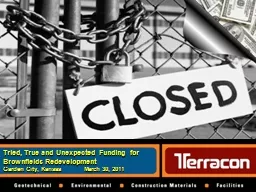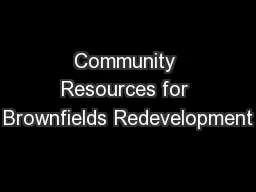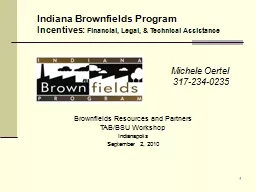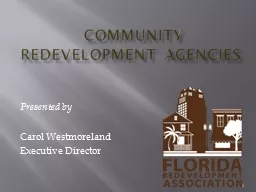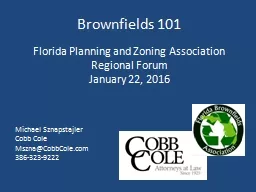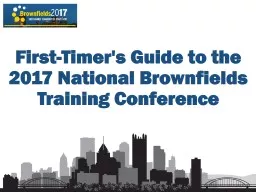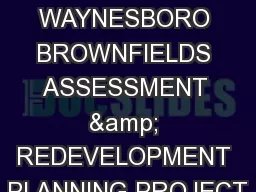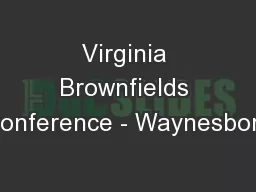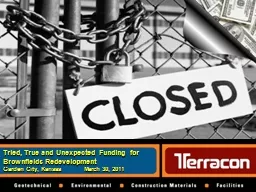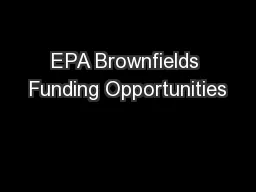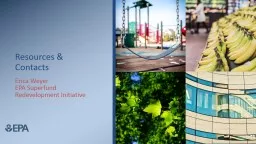PPT-Tried, True and Unexpected Funding for Brownfields Redevelopment
Author : mitsue-stanley | Published Date : 2018-10-29
Garden City Kansas March 30 2011 Today Examples of nonEPA federal program toolstax incentives that can be put together in a brownfield effort and what they can
Presentation Embed Code
Download Presentation
Download Presentation The PPT/PDF document "Tried, True and Unexpected Funding for B..." is the property of its rightful owner. Permission is granted to download and print the materials on this website for personal, non-commercial use only, and to display it on your personal computer provided you do not modify the materials and that you retain all copyright notices contained in the materials. By downloading content from our website, you accept the terms of this agreement.
Tried, True and Unexpected Funding for Brownfields Redevelopment: Transcript
Download Rules Of Document
"Tried, True and Unexpected Funding for Brownfields Redevelopment"The content belongs to its owner. You may download and print it for personal use, without modification, and keep all copyright notices. By downloading, you agree to these terms.
Related Documents

